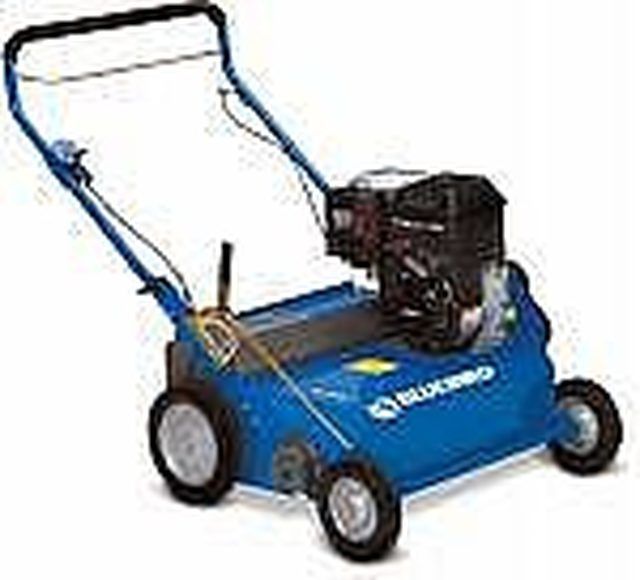Bulbs
Flower Basics
Flower Beds & Specialty Gardens
Flower Garden
Garden Furniture
Garden Gnomes
Garden Seeds
Garden Sheds
Garden Statues
Garden Tools & Supplies
Gardening Basics
Green & Organic
Groundcovers & Vines
Growing Annuals
Growing Basil
Growing Beans
Growing Berries
Growing Blueberries
Growing Cactus
Growing Corn
Growing Cotton
Growing Edibles
Growing Flowers
Growing Garlic
Growing Grapes
Growing Grass
Growing Herbs
Growing Jasmine
Growing Mint
Growing Mushrooms
Orchids
Growing Peanuts
Growing Perennials
Growing Plants
Growing Rosemary
Growing Roses
Growing Strawberries
Growing Sunflowers
Growing Thyme
Growing Tomatoes
Growing Tulips
Growing Vegetables
Herb Basics
Herb Garden
Indoor Growing
Landscaping Basics
Landscaping Patios
Landscaping Plants
Landscaping Shrubs
Landscaping Trees
Landscaping Walks & Pathways
Lawn Basics
Lawn Maintenance
Lawn Mowers
Lawn Ornaments
Lawn Planting
Lawn Tools
Outdoor Growing
Overall Landscape Planning
Pests, Weeds & Problems
Plant Basics
Rock Garden
Rose Garden
Shrubs
Soil
Specialty Gardens
Trees
Vegetable Garden
Yard Maintenance
How to Properly De-Thatch Your Lawn and When to Do It
How to Properly De-Thatch Your Lawn and When to Do It. Are you tired of paying "lawn care experts" to remove the dead grass from your lawn every year? Well with a little bit of initiative you can do this yourself to make your lawn more beautiful and help the environment.

Are you tired of paying "lawn care experts" to remove the dead grass from your lawn every year? Well with a little bit of initiative you can do this yourself to make your lawn more beautiful and help the environment.
Things You'll Need
A power de-thatcher or walk-behind lawn mower with de-thatching attachment.
Time and energy
The first thing you will need is the proper equipment. If your town has a rental store, most likely you can rent a power rake from them. These machines are as simple to run as an ordinary lawn mower and are cheaper to rent than paying someone else to do it. If you don't have access to a power rake, you can usually buy an attachment that mounts in place of your blade that will power rake your lawn.
With the equipment ready, you will want to set the height of the unit so the blades or tines of the rake just barely scrape the dirt of your lawn. Too deep and you will wear out the blades or tines, too shallow and you will not get a proper raking. Make sure the unit is not running when adjusting the height!
With the unit running begin moving slowly back and forth across your lawn ensuring you are covering the whole area. When done properly, the power rake or mower should be pulling up quite a bit of dead grass. It is normal that some live grass will be pulled up also.
The best times to power rake your lawn are in late fall or early spring. This ensures that you will not be pulling up as much live grass that has grown through the thatch, or dead grass.
Once you have fully raked your lawn, you can either dispose of the dead grass or use it for composting.
Tips & Warnings
Your lawn may look destroyed initially after raking, don't despair, the new grass will now have room to grow in and create a more lush, verdant lawn.
Be aware to use gloves and proper eye protection with power equipment.
Be sure to follow all warning labels on the equipment.
If under 18, please consult an adult before beginning this project.